The document is a collection of microfilm extracts from wartime records, specifically focused on Erhard Milch’s wartime conferences, Luftwaffe strategy, Me 262 policy, and aircraft production between 1943–1944. The original documents are from the archives of the Imperial War Museum (IWM), London, and were microfilmed by the Recordak service in September 1968.
It includes stenographic records and official meeting notes involving Field Marshal Erhard Milch, top Luftwaffe officers, aircraft manufacturers (notably Messerschmitt), and other senior German military officials. The discussions mainly cover:
-
The strategic deployment of the Me 262 jet aircraft, including debates on using it as a Schnellstbomber (fast bomber) versus a fighter.
-
Technical concerns about the aircraft’s weight, armament, structural integrity, and the effects of bomb loads.
-
Issues of aircraft production rates, allocation of resources, and the urgency to meet Hitler’s directives.
-
The need for dispersing production facilities and building bomb-proof underground factories due to intensified Allied bombing.
-
Coordination challenges between the Luftwaffe’s General Staff, production ministries, and the Organization Todt (responsible for large-scale construction projects).
⚠️ Disclaimer
This document is a historical primary source originating from captured German military records of the Second World War. It contains original language, terminology, and perspectives reflective of the Nazi regime and its leadership, including references to wartime strategies, policies, and individuals directly involved in the planning and execution of military operations under the Third Reich.
The inclusion, reproduction, and study of this material is intended solely for scholarly, historical, and educational purposes. It does not imply any endorsement of the views, ideologies, or actions represented within the documents. Researchers are advised to approach this content with due awareness of its historical context, including the regime’s responsibility for war crimes and crimes against humanity.
Given the sensitive nature of the material—including references to forced labor, military directives from Nazi officials, and other subjects tied to wartime atrocities—discretion is advised. Users are reminded that the language and views expressed in these documents reflect the time and circumstances in which they were created and may be deeply offensive or distressing.
Condition Note
-
Image Contrast: Moderate to high contrast typical of microfilm; some images are sharp, others slightly overexposed or washed out.
-
Text Legibility: Generally readable, though a few pages have:
-
Shadowing, blur, or fading near edges or folds
-
Occasional skewed alignment
-
Minor artifacts from film degradation
-
-
Stenographic transcripts (particularly from Luftwaffe meetings) are densely typed and occasionally cramped.
-
Original frame numbers (e.g., “6323”, “6346”) are visible on many pages — essential for archival reference.
-
German military formatting is preserved, including official stamps, headers, and organizational titles (e.g., “Reichsmarschall des Großdeutschen Reiches”).
-
Some pages display clear fold lines, punch holes, or filing artifacts from the original documents.

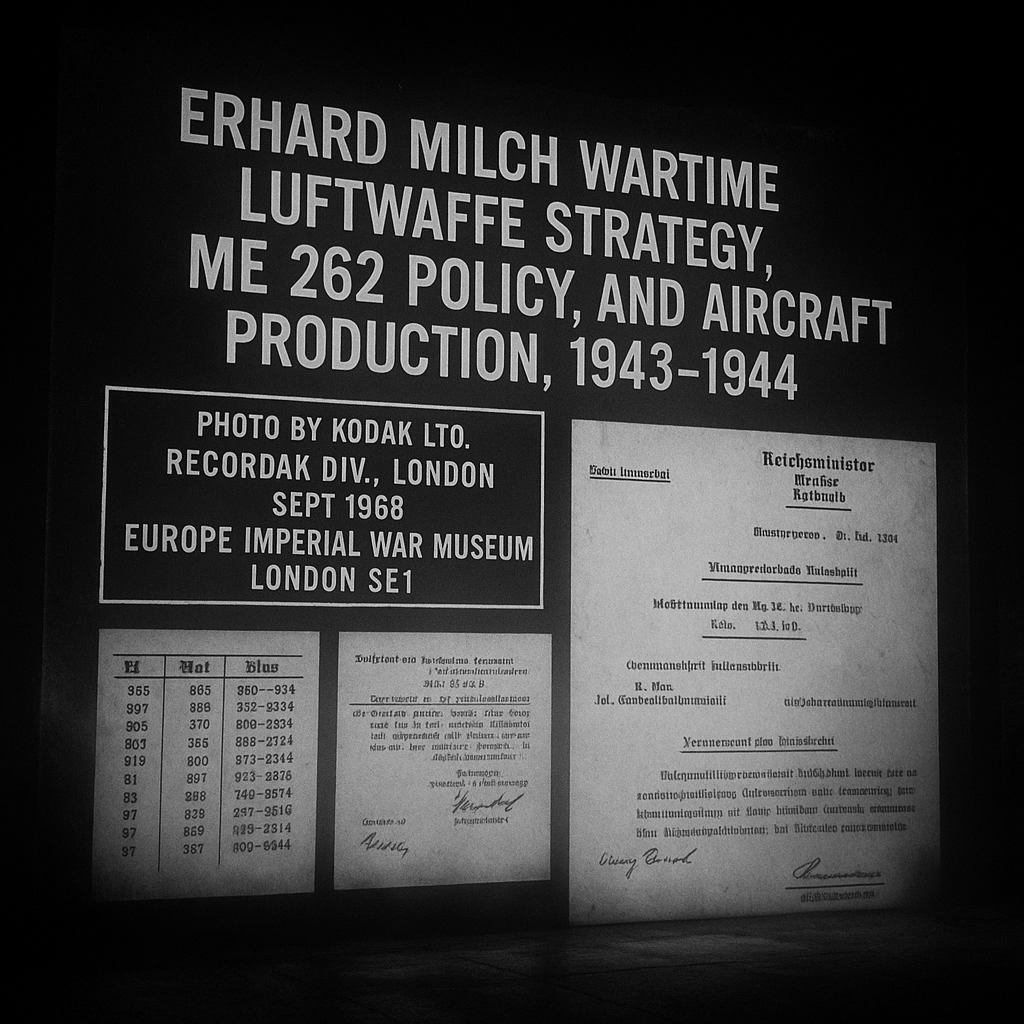
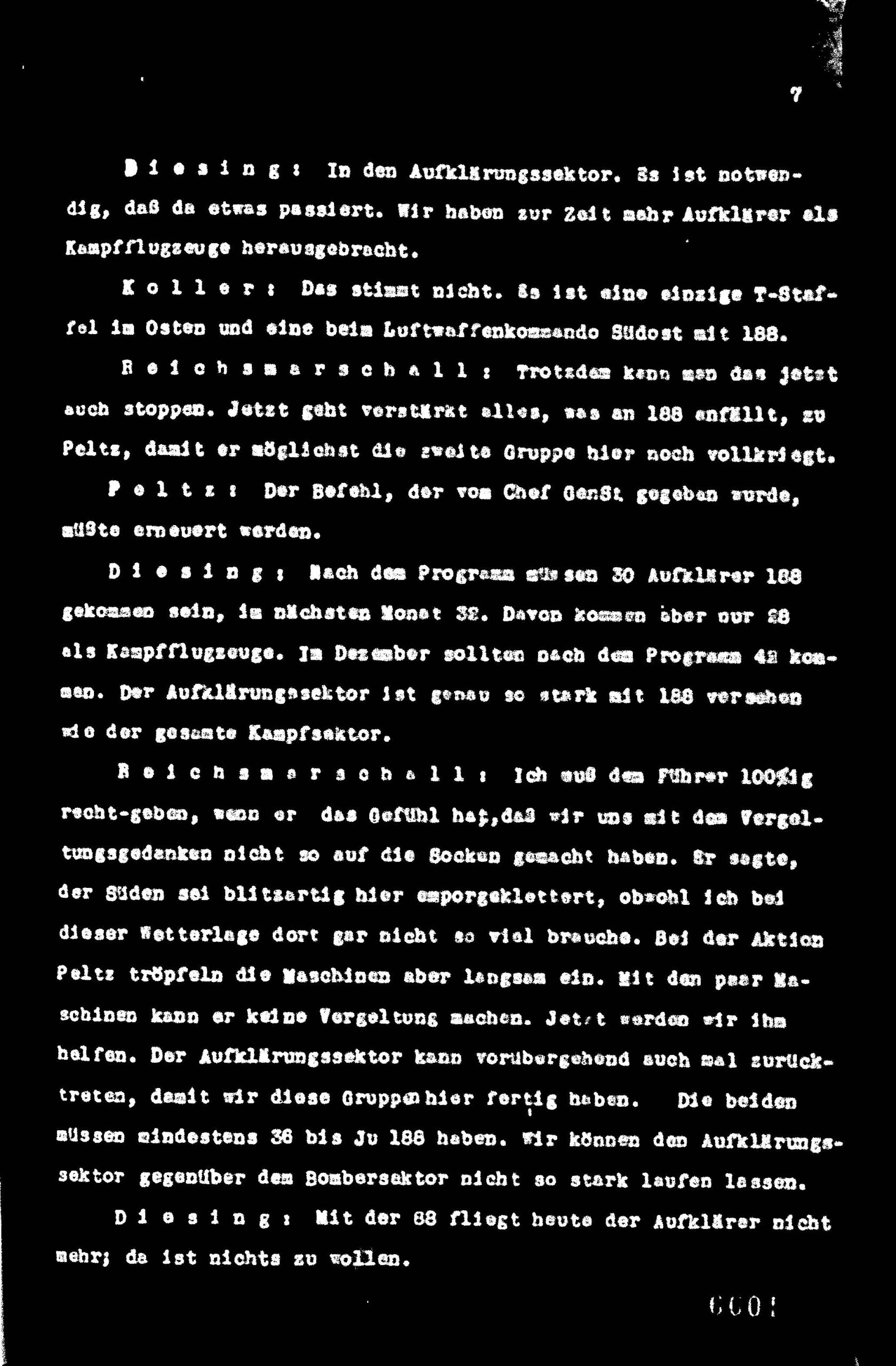
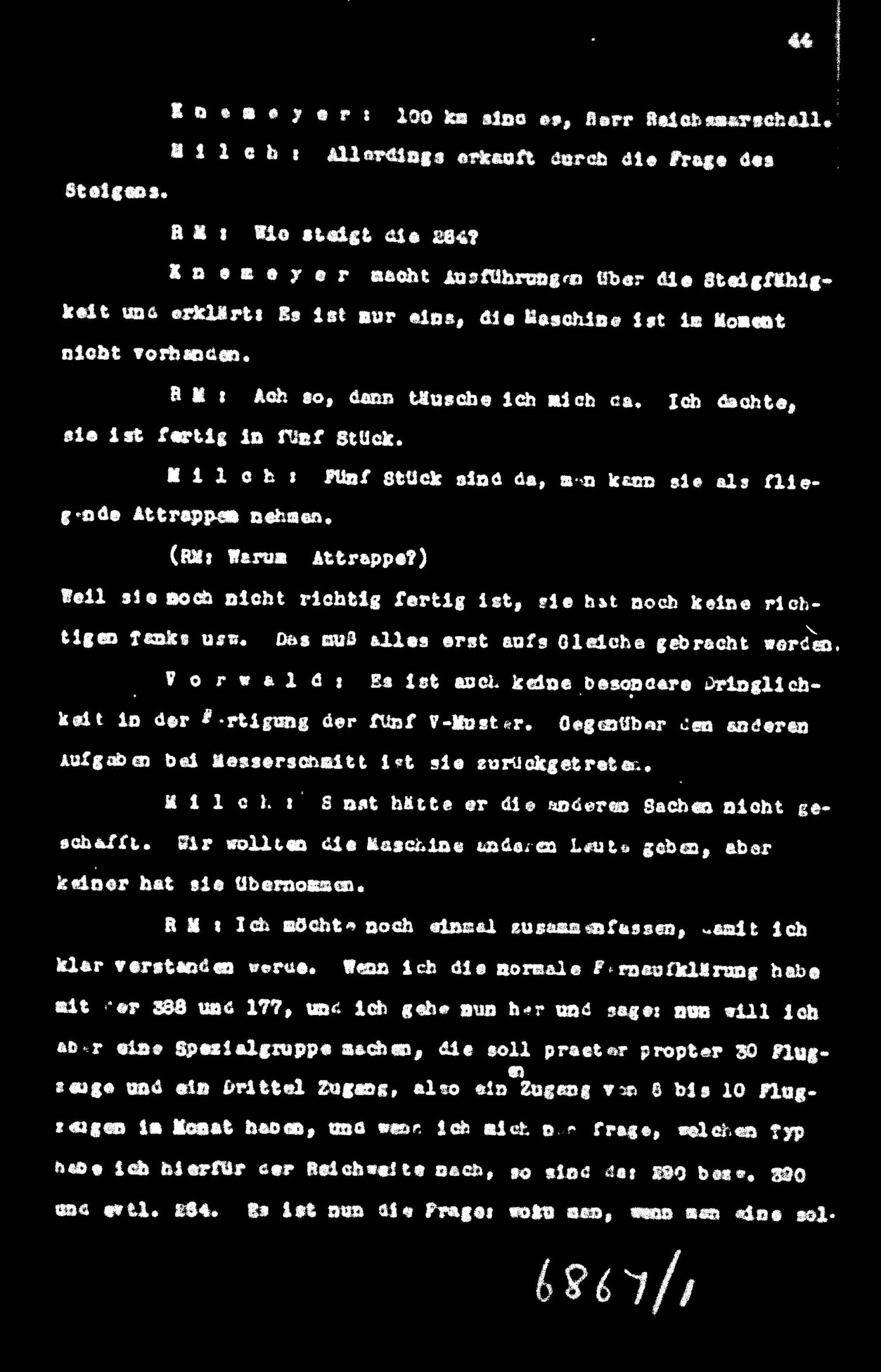
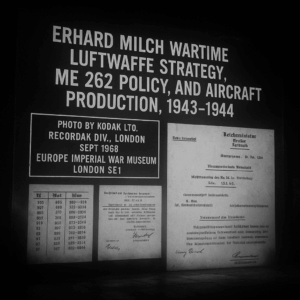
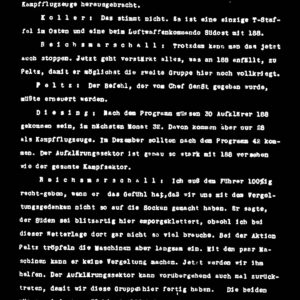
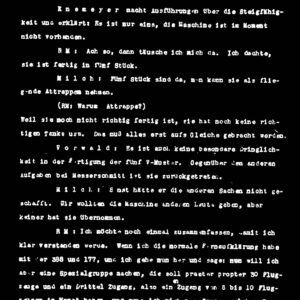
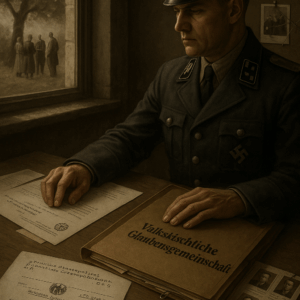
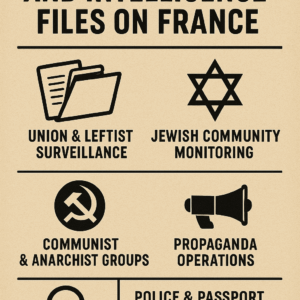
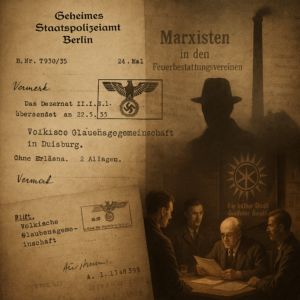
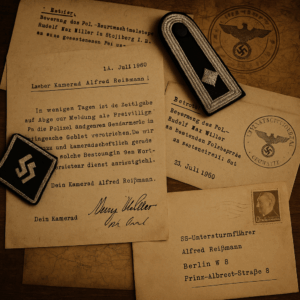
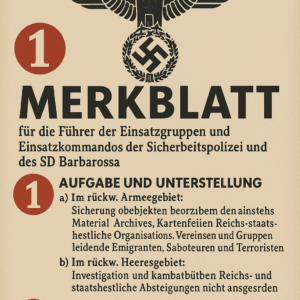
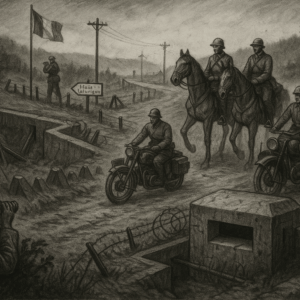
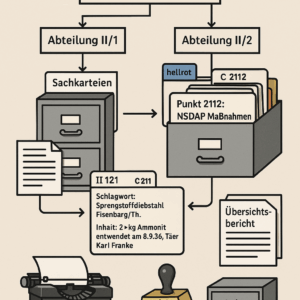
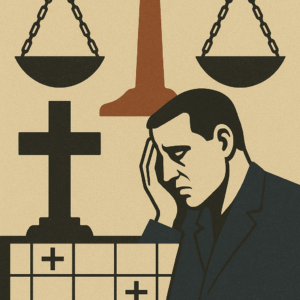
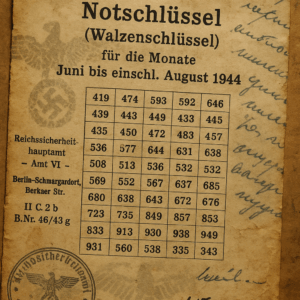
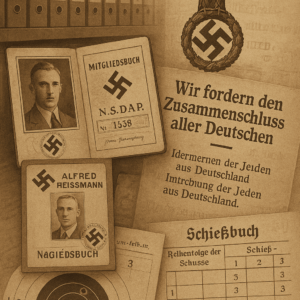
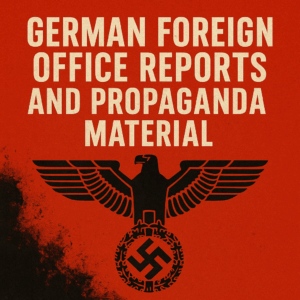
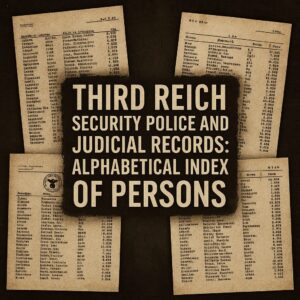
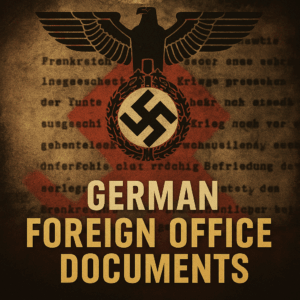

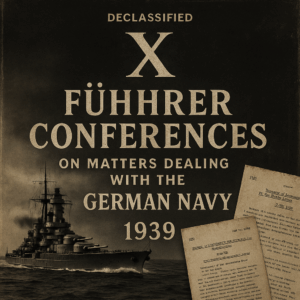
Reviews
There are no reviews yet.